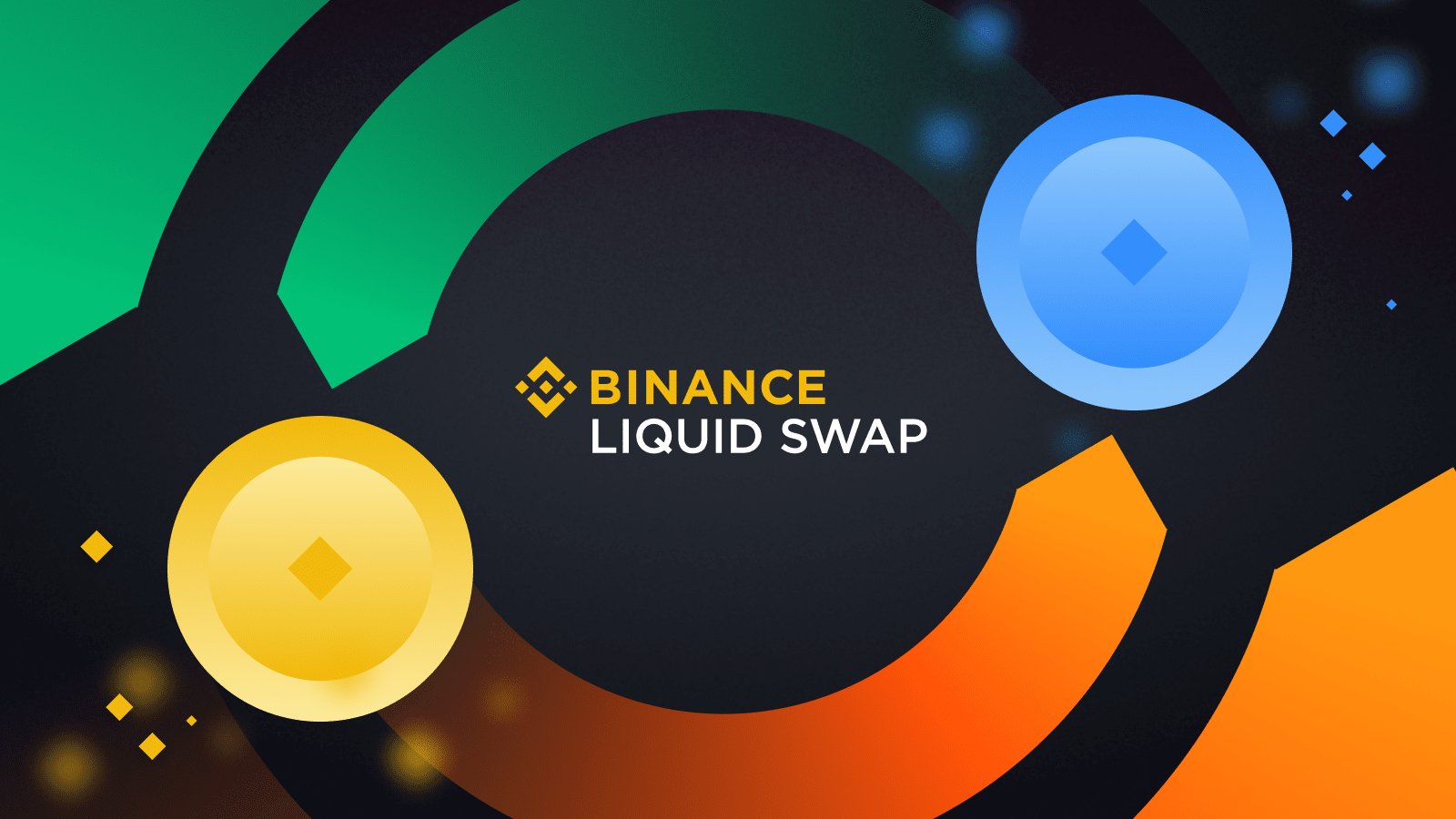Binance, the world’s largest cryptocurrency exchange by trading volume, has announced that it will remove dozens of liquidity pools on Binance Liquid Swap in order to increase liquidity and provide the best trading experience for its users. Here are the liquidity pools that Binance will remove:
31 Liquidity Pools to be Removed from Binance Liquid Swap
Known for periodically reviewing the liquidity pools listed on Binance Liquid Swap to enhance liquidity and provide the best trading experience for its users, Binance has announced that it will remove 31 liquidity pools on August 4th at 07:00 AM UTC.
The liquidity pools to be removed are APT/BUSD, ATA/BTC, AXS/USDT, BAKE/BNB, BAKE/BTC, DAR/BNB, ELF/BTC, ELF/USDT, FLOKI/USDT, FTM/BNB, GLMR/USDT, GMX/BTC, GMX/USDT, GNS/USDT, ID/USDT, ILV/BTC, ILV/USDT, KSM/USDT, LOKA/BNB, LOKA/USDT, LQTY/USDT, MKR/USDT, MULTI/BTC, MULTI/USDT, NEAR/BUSD, PERP/USDT, SNX/USDT, STX/USDT, SUI/USDT, SYN/USDT, and TLM/BTC.
Binance also added that users who have positions in these liquidity pools will have their assets automatically transferred to their spot wallets on August 4th at 07:00 AM UTC.
What is Binance Liquid Swap?
Decentralized token swap protocols like Uniswap, SushiSwap, and PancakeSwap have gained immense popularity among cryptocurrency investors due to their intuitive and user-friendly experiences. However, some investors find it cumbersome to manage different wallets and deal with high transaction fees on Ethereum.

To address this issue, Binance, a centralized cryptocurrency exchange, has launched Binance Liquid Swap, a centralized automated market maker (AMM) platform that offers a token swap process similar to decentralized protocols but with faster and cheaper transactions. Users can easily swap between different tokens or provide liquidity to earn rewards. With its strong liquidity, the platform reduces concerns about price slippage during trades.
Despite its advantages, Binance Liquid Swap also has its disadvantages. The platform is centralized, meaning users do not have control over their private keys, and it only supports cryptocurrencies listed by Binance. Fiat currency support is limited to stablecoins, and the trading volume is lower compared to traditional spot and futures markets.

 Türkçe
Türkçe Español
Español









